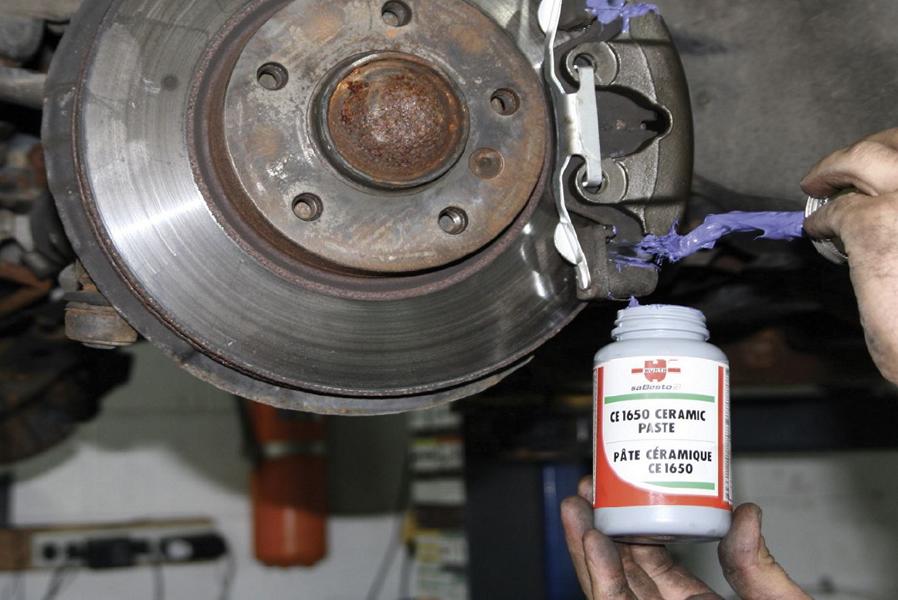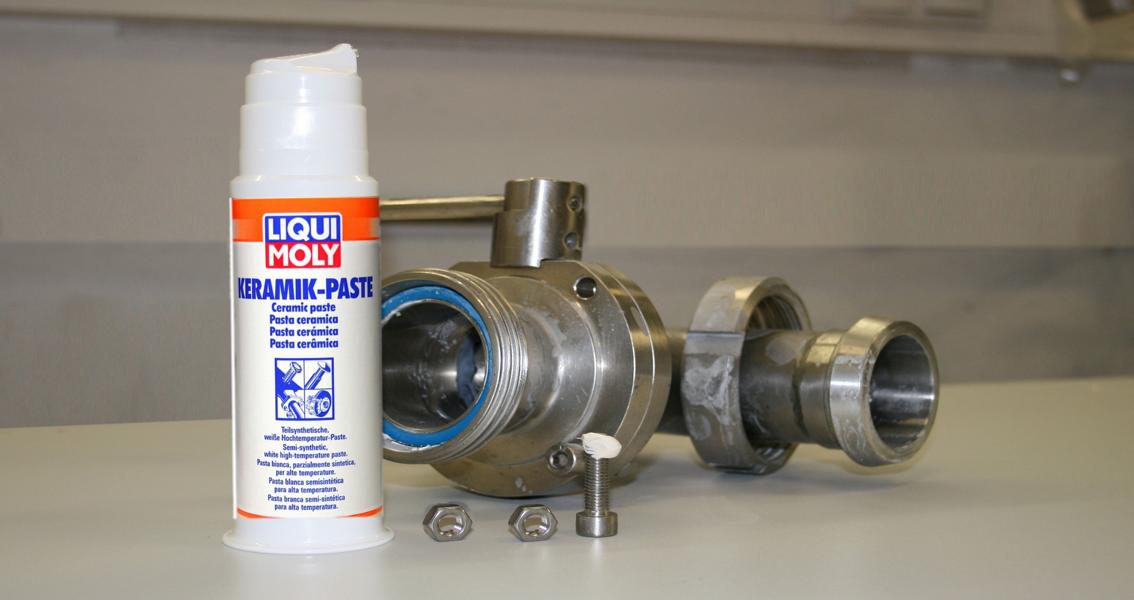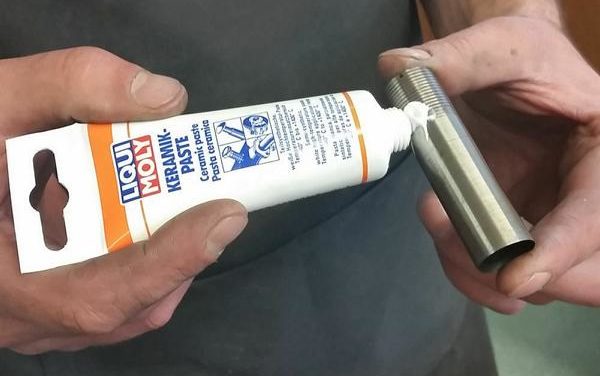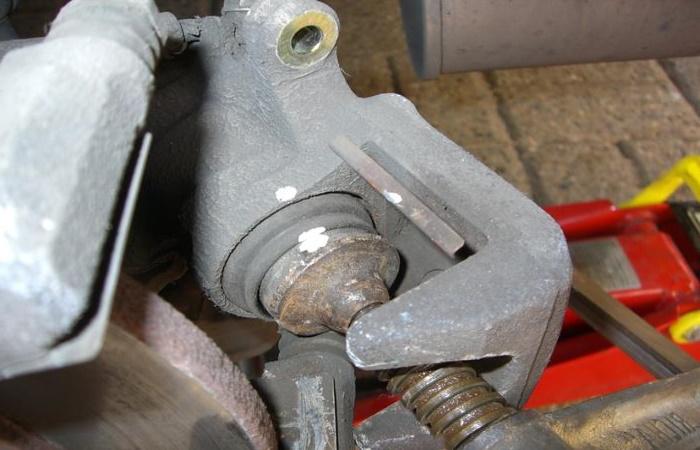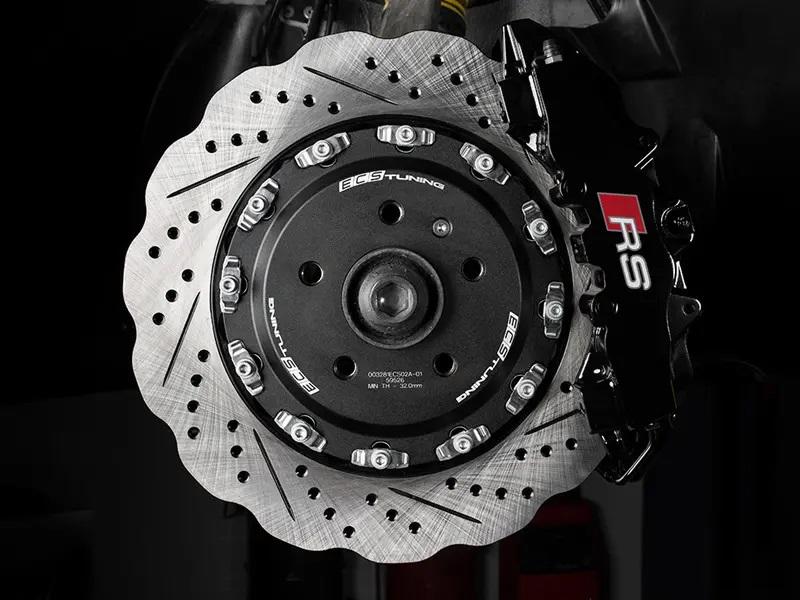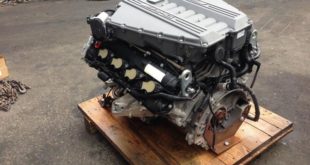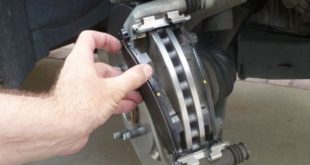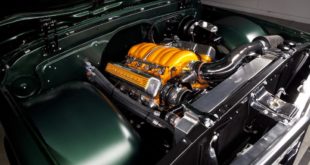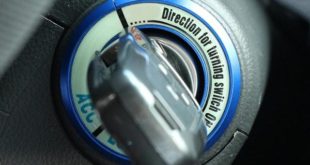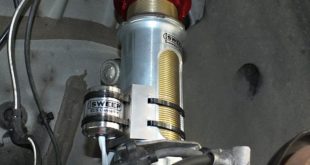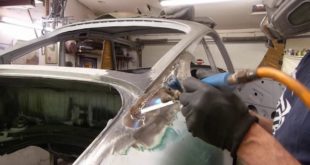Is she the all-rounder in the workshop? The ceramic paste! It is composed of various substances and is used, for example, to lubricate certain automotive parts. But of course it can not only be used on cars, motorcycles or commercial vehicles, but on countless other things that only work optimally if they are reliably lubricated. The ceramic paste has thermoresistant properties and can be used as a high temperature and high pressure lubricant. The areas of application of the ceramic paste and what should be considered when buying the lubricant are explained below.
high molecular components
The paste is composed of organic, ceramic and high molecular substances. Inorganic binders, high-molecular oil and ceramic additives are used in the ceramic paste. The composition is not chosen at random. The paste is composed in such a way that it can be used as a high-temperature and high-pressure lubricant. Ceramic pastes can be used in temperature ranges from -20 ° C to +150 ° C. Depending on the article, the solid lubricant used in the pastes can withstand temperatures of more than 1500 ° C. When buying a ceramic paste, the interested tuner should pay attention to products that are free of molybdenum sulfide, graphite, metallic pigments and sulfurous additives.
Where are ceramic pastes used?
The areas of application of ceramic pastes are diverse. The lubricants are used, for example, in mechanical engineering and are used there for guide rails, gears, joints and slideways. Ceramic pastes are intended to ensure that mechanical parts, such as threads, can be easily assembled and disassembled. The lubricants enable the correct torque to be maintained. Thread irregularities can be excluded by the lubricants. The pastes are also used for machine elements that are exposed to particularly high temperatures and pressures. The ceramic paste is said to act as a lubricant and at the same time to prevent feeding.
also suitable as corrosion protection
Guides, screws, sliding bushes, springs and other parts from the machine area can be used. Even hot screw connections, such as on gears, slideways, valves, shafts and exhaust pipes, can be treated with the lubricant and separating agent. The ceramic paste can be used for components that have to withstand very high temperatures. So-called highly loaded sliding surfaces can be lubricated with the paste. Ceramic paste is often used on components that are subject to oscillating movements and low speeds. Ceramic paste can also be used as corrosion protection and is usually used on pins, flanges, fits, spindles, bolts and screws. The ceramic paste is intended to prevent sticking, rusting, stick-slip and cold welding of automotive components.
How is ceramic paste used?
The paste usually looks white and is partly synthetic and metal-free. Universally applicable variants are available on the market, which are resistant to alkalis, acids, cold water and hot water. The ceramic paste is offered by different manufacturers and can have different temperature ranges. Before buying, make sure that the paste is suitable for the purpose. To use the vehicle parts to be treated must first be freed from moisture, dirt and other residues. The paste can be spread over clean surfaces using a non-fibrous cloth, brush or brush. Depending on the area of application, different quantities are necessary. In tuning forums you will also find information on the use of vehicles.
only partially suitable for the brake system
You can certainly use the ceramic paste to lubricate the stainless steel bolts on which the saddle sits, if for example Plastic tube is not within reach. However, depending on the weather, it can be assumed that the sliding properties will deteriorate significantly after some time. Especially after winter, you can often find nothing of the paste on the saddle. There are special ones here brakes lubricantsthat are better suited and also a good one copper paste "can“Be an alternative. No matter what you use, care should always be taken to use the right amount. With EXCESSIVE or INCORRECT use, the metal particles in the pastes CAN also lead to malfunctions.
We hope that you the info report on the topic / term ceramic paste (Further designations / keywords: wheel hub paste, brake paste, high temperature paste, service paste, lubricating paste, high temperature lubricant, brake grease, brake spray, anti-squeak paste, high-performance brake protection) from the field of autotuning. Our goal is that the largest German-language tuning dictionary (Tuning Wikipedia) and to explain tuning terms from A to Z easily and understandably. Almost every day we expand this lexicon and how far we are, you can HERE see. Soon the next one will be Tuning scene concept be illuminated by us. By the way, you will be informed about new topics if you have ours Feed subscribe to.
Below are a few examples from our tuning lexicon:
But of course tuningblog has countless other articles on the subject of cars & car tuning in stock. Do you want to see them all? Just click HERE and look around. We would also like to provide you with news aside from the tuning. In our category Tips, products, information & Co we pick up contributions from car or accessory manufacturers. And also our category Test sites, laws, offenses, information has almost daily new information for you. Here are a few topics from our tuning wiki:
|
The decommissioning set - for the exchange of sports suspension! |
"Tuningblog.eu" - we keep you up to date on the subject of car tuning and car styling with our tuning magazine and we present you the latest tuned vehicles from all over the world every day. It's best to subscribe to ours Feed and will automatically be informed as soon as there is something new about this post, and of course also to all other contributions.
 tuningblog.eu Your magazine about tuning the car
tuningblog.eu Your magazine about tuning the car
